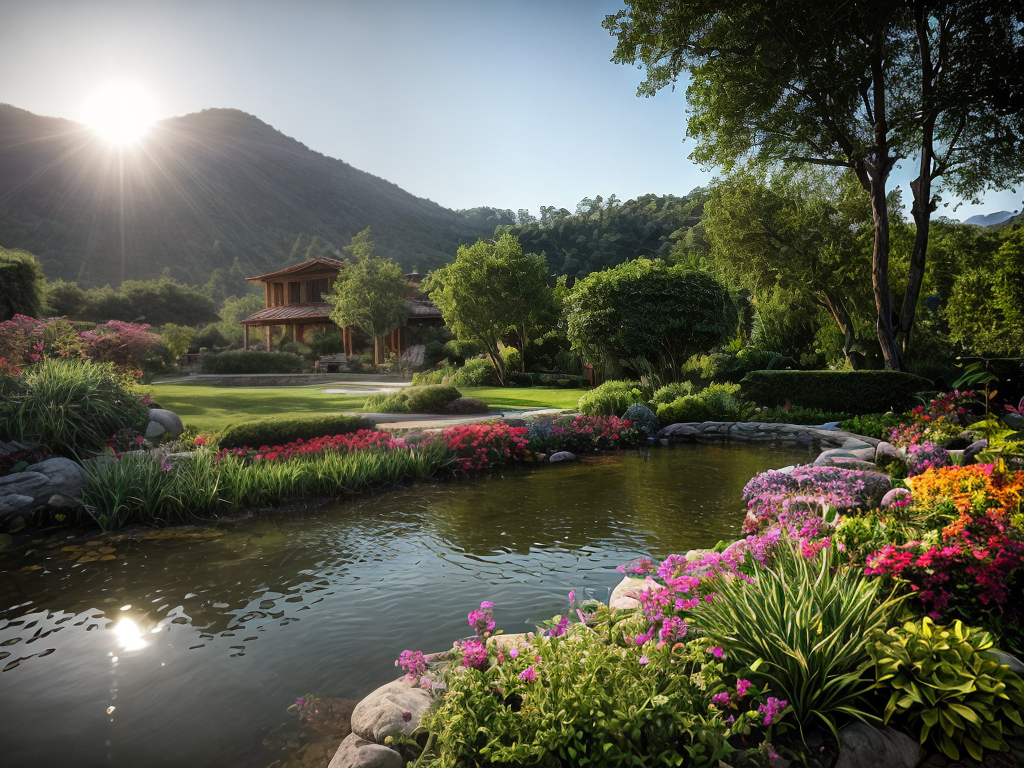
Welcome, water warrior! In the vast ocean of sustainable living, your role as a steward of water is crucial. Just like a drop in the ocean creates ripples, your small actions can have a significant impact on conserving our precious water resources. In this guide, we will provide you with practical tips and tricks to help you become a master of sustainable water use. By assessing your water usage, fixing leaks and drips, optimizing your irrigation system, implementing water-saving appliances, and practicing smart water habits, you will make a difference in ensuring a sustainable future for generations to come. So, dive in and let’s make every drop count!
Key Takeaways
- Measure daily water usage using the water meter.
- Fix leaks and drips to save water and money.
- Implement water-efficient landscaping and optimize irrigation.
- Use water-saving appliances and practice smart water habits.
Assess Your Water Usage
To assess your water usage, start by measuring the amount of water you use on a daily basis. Conducting a water audit is a simple yet effective way to understand your consumption patterns. Begin by checking your water meter at a specific time, and then again after 24 hours. The difference between the two readings will give you an idea of your daily water usage. Once you have this information, you can identify areas where you can reduce consumption. Look for leaks in faucets, toilets, and pipes, as even small drips can add up over time. Consider installing low-flow fixtures and appliances, which can significantly decrease water usage. By being mindful of your water consumption and taking steps to reduce it, you can make a positive impact on the environment and serve others by conserving this precious resource.
Fix Leaks and Drips
Fixing leaks and drips is an essential step in conserving water and reducing waste. Here are three important reasons why you should address leaks and drips in your home:
- Save water and money: A small drip can waste hundreds of gallons of water each year. Fixing leaks and drips can help you save on your water bill and reduce your environmental impact.
- Prevent further damage: Ignoring leaks can lead to bigger problems down the line, such as water damage to your walls or floors. Fixing leaks early can prevent costly repairs in the future.
- Conduct a water audit: By fixing leaks, you can accurately assess your water usage. This can help you identify other areas where you can make changes to conserve water.
Regular plumbing maintenance is key to preventing leaks and drips. Take the time to inspect your faucets, toilets, and pipes for any signs of leaks and address them promptly. Your efforts will not only benefit you financially, but also contribute to a more sustainable future.
Optimize Your Irrigation System
To further conserve water and reduce waste, it is important to optimize your irrigation system. One way to do this is by implementing water efficient landscaping. By choosing native plants that are adapted to your climate and soil conditions, you can minimize the need for excessive watering. Additionally, grouping plants with similar water requirements together can help ensure that they receive the right amount of water without any wastage. Another important step is to establish a proper watering schedule. This involves watering your landscape during the early morning or late evening when evaporation rates are lower. It is also recommended to water deeply but infrequently to encourage deep root growth and reduce runoff. By optimizing your irrigation system, you can significantly reduce water usage and contribute to sustainable water management.
Implement Water-Saving Appliances
Maximize your water conservation efforts by incorporating water-saving appliances into your daily routine. Here are three water-saving technologies and efficient plumbing fixtures that can help you save water and reduce your water bills:
- Low-flow showerheads: These innovative showerheads use less water without sacrificing water pressure, allowing you to enjoy a refreshing shower while conserving water.
- Dual-flush toilets: These toilets have two flushing options, one for liquid waste and another for solid waste. By using the appropriate flush, you can significantly reduce water consumption.
- Energy-efficient dishwashers: These appliances not only save energy but also use less water compared to traditional models. They have advanced features that optimize water usage while ensuring your dishes are thoroughly cleaned.
Practice Smart Water Habits
You can adopt smart water habits to further enhance your water conservation efforts. By practicing these habits, you can make a significant impact on reducing water usage and preserving this valuable resource. Here are some water-saving tips and conservation techniques you can implement in your daily life:
| Water-saving Tips | Conservation Techniques |
|---|---|
| Turn off the tap while brushing your teeth or washing dishes | Collect rainwater for gardening or household use |
| Take shorter showers | Fix any leaks or drips in faucets or pipes |
| Water your plants in the early morning or evening to minimize evaporation | Install water-efficient fixtures and appliances |

